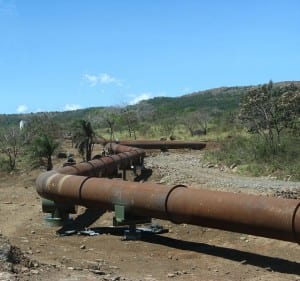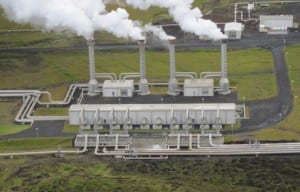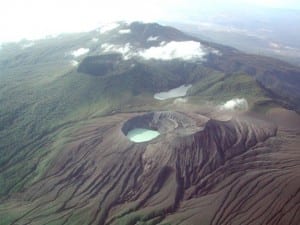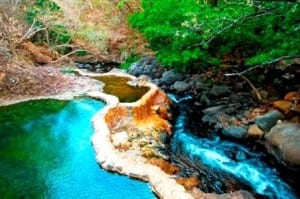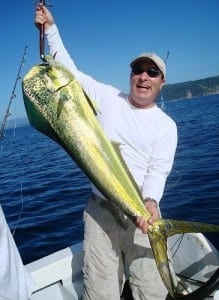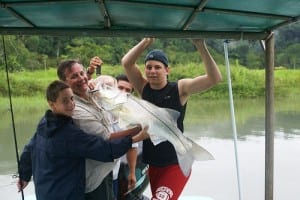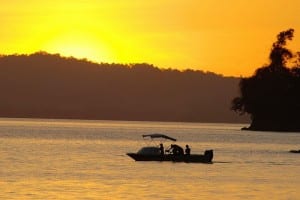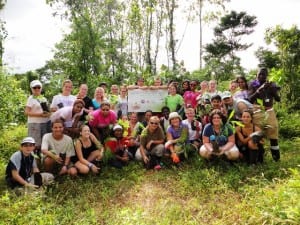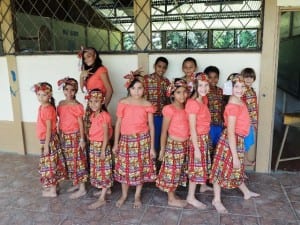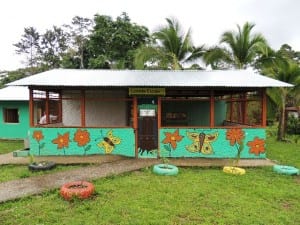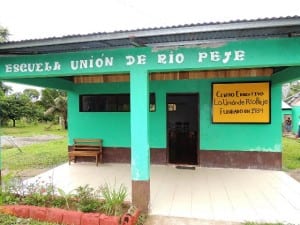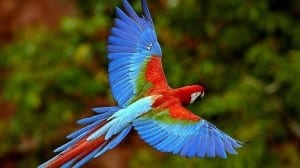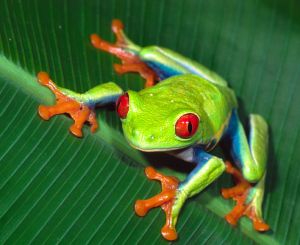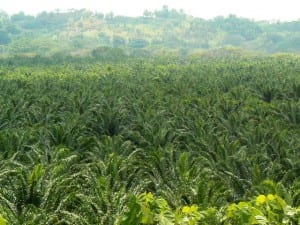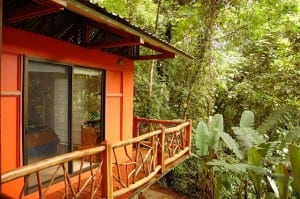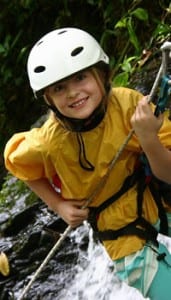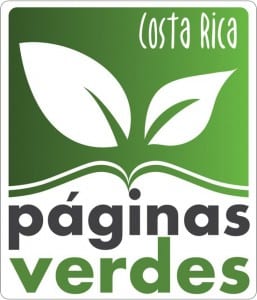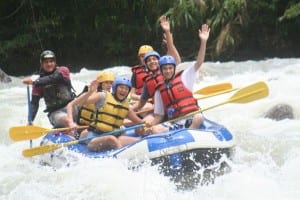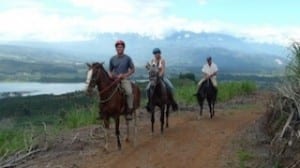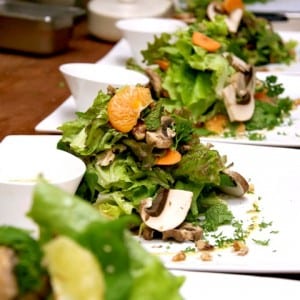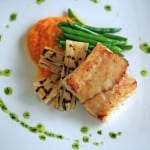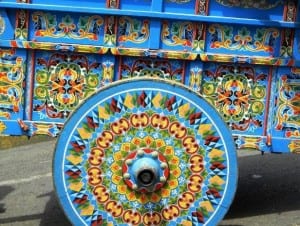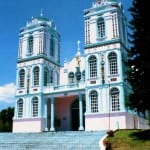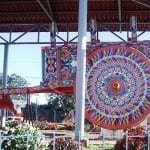What do a tomato, blueberry, onion and dark chocolate have in common?
 They are "superfoods," so-called by doctors and nutrition and health experts for their amazing beneficial properties that can help you keep the right weight, fight off heart disease and cancer, live longer, and even put you in a better mood.
They are "superfoods," so-called by doctors and nutrition and health experts for their amazing beneficial properties that can help you keep the right weight, fight off heart disease and cancer, live longer, and even put you in a better mood.
You don't need specific foods for specific ailments, reports WebMD. A healthy diet incorporating a variety of these easy-to-find superfoods will work fine to improve your overall health. One thing they all have in common: Every superfood is a real, whole (unprocessed) food.
Just a few generations ago, in the Western world, everyone cooked with whole, fresh foods. Packaged and processed foods didn't exist back then. Mothers and grandmothers used to know how to cure common ailments with tinctures of garlic and other herbs, or homemade chicken soup, and other natural remedies.
Though they are the latest trend in holistic nutrition, superfoods' healing properties have been tested by science. They contain high concentrations of important nutrients, and many are low in calories. Foods containing these nutrients have been proven to help prevent and, in some cases, reverse the effects of aging, including cardiovascular disease, Type II Diabetes, hypertension and certain cancers, studies show.
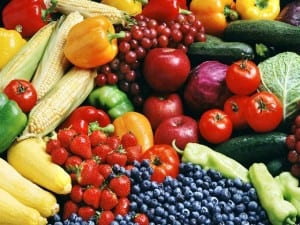 Just about every brightly colored fruit and vegetable fits the category of a superfood. So do nuts, beans, seeds and aromatic and brightly-colored herbs and spices. The beneficial properties of each one of these superfoods could fill an entire book. Vegetables should ideally be organic, for even more benefit, say experts.
Just about every brightly colored fruit and vegetable fits the category of a superfood. So do nuts, beans, seeds and aromatic and brightly-colored herbs and spices. The beneficial properties of each one of these superfoods could fill an entire book. Vegetables should ideally be organic, for even more benefit, say experts.
Make superfoods part of your regular, daily routine and enjoy your new healthier life!
Top Super Healthy Superfoods:
- Apples
- Avocados
- Beans
- Blueberries
- Broccoli
- Cinnamon
- Coconut oil
- Dark Chocolate (60% or more cocoa content)
- Extra Virgin Olive Oil
- Garlic
- Ginger
- Honey
- Kiwi
- Oats
- Onions (especially red onions)
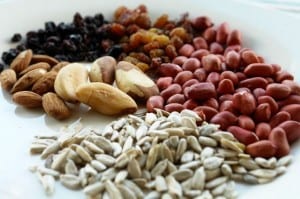
- Oranges
- Pomegranate
- Pumpkin
- Salmon
- Soy
- Spinach
- Tea (green or black)
- Tomatoes
- Turkey
- Walnuts
- Yogurt (light or low-fat)
Complete list of superfoods at: http://www.superfoodsrx.com/superfoods/
Healthy living describes Costa Rica's community of Nosara perfectly. The cosmopolitan community there on the Pacific Coast of the Nicoya Peninsula is known for yoga centers, surfing and a laid-back lifestyle. Costa Rica's Nicoya Peninsula also is renowned as a "Blue Zone" for long-living.
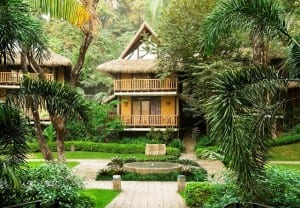 One of the finest places to stay in Nosara is L'acqua Viva Resort & Spa. The hotel's name means "live water," and water is a key element flowing through and around the spectacular Bali-style architecture. Gardens of exotic plants and flowers add color to the picture.
One of the finest places to stay in Nosara is L'acqua Viva Resort & Spa. The hotel's name means "live water," and water is a key element flowing through and around the spectacular Bali-style architecture. Gardens of exotic plants and flowers add color to the picture.
L'acqua Viva borders the Nosara Coastal Forest Preserve and Wildlife Refuge, and is a short one kilometer walk to a fine white sand beach. Ostional National Wildlife Refuge, where Olive Ridley, Leatherback and Pacific Green Sea Turtles come to nest, is a 15-minute drive away. L'acqua Viva is part of the Enchanting Hotels group of Costa Rica.


